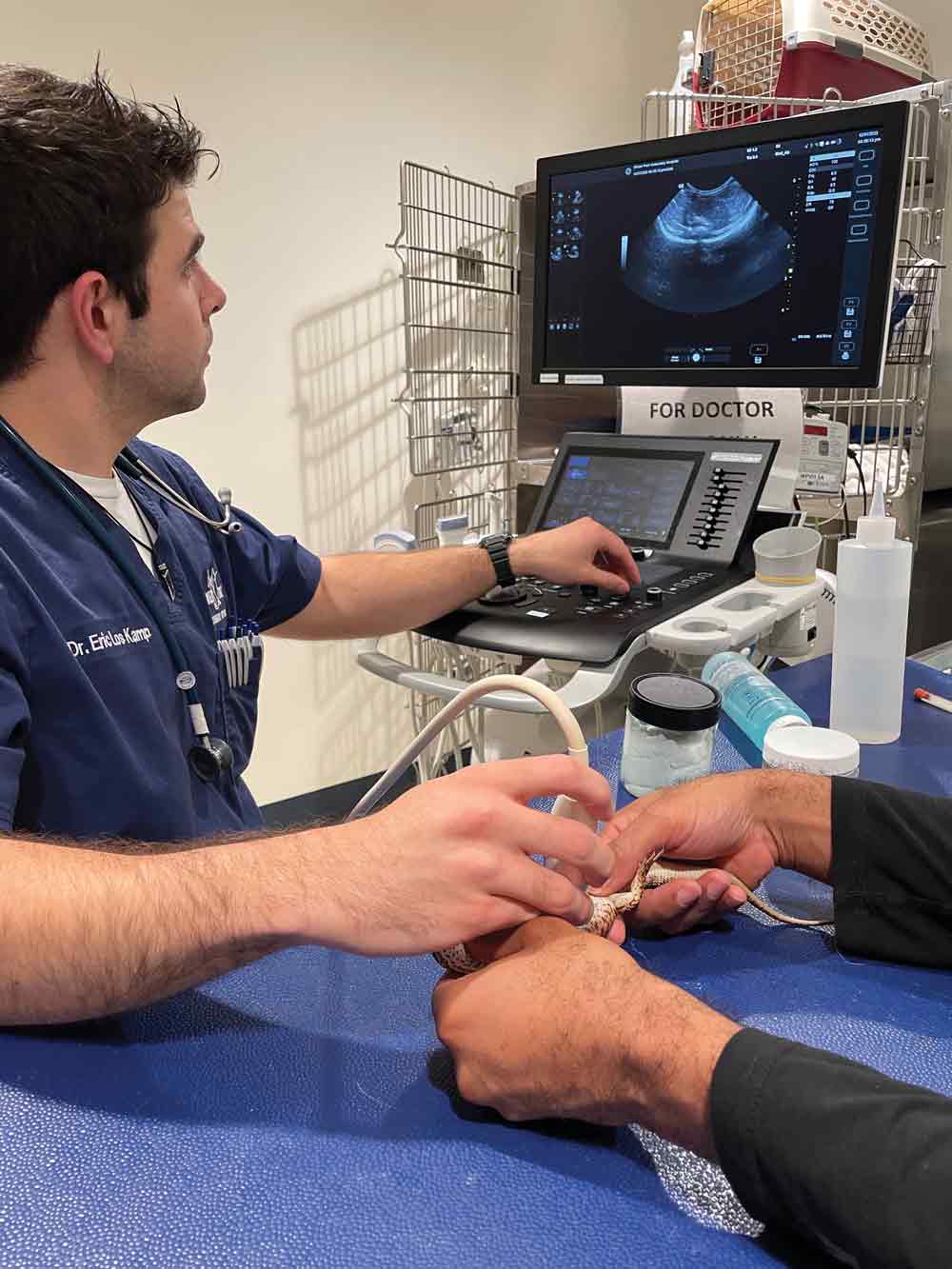Whenever reptiles get sick, in addition to correcting husbandry and ensuring environmental parameters and diet are correct, they often need medications to help in their healing process.
Whenever reptiles get sick, in addition to correcting husbandry and ensuring environmental parameters and diet are correct, they often need medications to help in their healing process. This article will detail common drugs that the author typically uses in reptiles. A disclaimer before we begin; This article is not intended to be a replacement for medication directions from your veterinarian. Please follow how your vet is directing you to give medications.
Before we talk about specific drugs, we first need to understand the importance of doses. Almost all the drugs utilized in reptiles are off-label, thus they are not initially designed for reptiles. If medications are overdorsed, this can cause severe side effects and toxicities that could lead to the death of your animal. With this in mind, it is imperative that when you are getting medications, you are getting them from a qualified reptile veterinarian who can guide you in the appropriate amount to give.

One of the most common medications the author provides reptiles is the antibiotic ceftazidime.
One of the most common medications the author provides reptiles is the antibiotic ceftazidime. This is an injectable antibiotic that is one of the go-to choices to treat bacterial infections in reptiles, as reptiles metabolize and tolerate this medication very well. As this is an injection, this does require an owner to poke their animal intramuscularly. It is important where this injection is placed. All reptiles have what is known as a renal portal system, which is a vascular pathway that allows blood from the back half of the body to be directed to the kidneys before going back to the systemic circulation.
Gut Loading Feeder Insects And Why It’s Important
This means that any drug administered in the back half of the animal has the potential to hit the kidneys, and this becomes more serious with drugs that are primarily metabolized by the kidneys (you would see no effect because the kidneys are taking all the drug out before it reaches the rest of the body) or are toxic to the kidneys (you would essentially be nuking the kidneys). The author recommends the following places for injecting ceftazidime: the arm muscle of lizards, the back muscles in the front half of the body for snakes, and the pectoral muscles of chelonians.If the animal is quite resistant to injections and/or the owner is uncomfortable giving an intramuscular injection, you can give this under the skin (subcutaneously) in any available loose skin in the front half of the body.
If ceftazidime is not able to be given, oral antibiotics can be utilized as well. With oral medications, due to the lower metabolic rates of reptiles, the frequency of giving medications is much longer compared to similarly sized mammals. Some reptiles, such as lizards and snakes, can easily have their mouths pried open. It is important to avoid the glottis–the hole at the base of the tongue–when giving oral meds, as the glottis is the opening to the airway and getting fluids into the airway can lead to aspiration pneumonia. Chelonians can be more difficult to administer medications by mouth, especially tortoises as they are quite stubborn and resist opening their mouth quite a bit. In these cases, an esophagostomy tube may need to be placed for ease of administration. For animals that stress easily with handling and have great appetites, oral medications can be injected into food items–the author has done this for his ackie monitors with great success.
Pain medications are also frequently used, as many of the conditions reptiles come to the clinic for–whether that be abscesses, nutritional diseases, or traumatic wounds–have pain that needs to be addressed as well. In general, opioids are the best kinds of pain medications for reptiles. While NSAIDs like meloxicam are commonly used as well, reptiles may not respond to these with the same effectiveness as opioids. In the clinic, injectable opioids such as hydromorphone can be used, and tramadol is a common oral pain med that can be used at home. Additionally, for procedures, local anesthetics such as bupivacaine and lidocaine can be used at the site of an incision, as reptiles also readily respond to these kinds of meds.
Another common disease seen in reptiles–especially wild-caught individuals–are parasites. Parasites comprise a wide variety of organisms that range from single cellular organisms like coccidia to nematodes and trematodes (flukes). This diversity in parasites seen in reptiles means that different medications target different kinds of parasites. These medications, such as Panacur, Ponazuril, Ivermectin, and Praziquantel have very narrow dose ranges, meaning that slight overdoses can lead to toxicities. The main issues these can cause include bone marrow suppression, GI upset, and neurologic issues (especially chelonians with Ivermectin). Given how taxing these drugs can be on the body, it is recommended to confirm a parasite infection before starting any of these drugs so the reptile isn’t exposed to a caustic drug unnecessarily.
For animals suffering from heavy parasite burdens or other diseases that reduce appetite such as nutritional disorders, liquid diets are commonly used. There are different liquid diets for different diet preferences, carnivore-centric diets for animals such as monitors and snakes, herbivore-centric diets for animals such as tortoises, iguanas, and Uromastyx, and omnivore-centric diets for animals such as bearded dragons and aquatic turtles. These diets will come as powders and then can be mixed with water to create a slurry. The slurry should be an applesauce consistency. If it is too thick, it will be difficult to administer to the reptile and if it is too watery the reptile will not get the appropriate amount of calories it needs. It is important to mix in calcium and multivitamin supplements with the liquid diet to ensure the reptile is still getting adequate amounts of calcium and vitamins.
While these medications are the ones the author most commonly prescribes, there are many other medications that can be used based on the disease process being treated. The same basic principles of administration can be followed.
Eric Los Kamp, DVM is an exotic animal and wildlife veterinarian at Winter Park Veterinary Hospital in Winter Park, Florida who has aspirations to board certify in reptile/amphibian medicine. In addition to being a member of the Association of Reptile and Amphibian Veterinarians (ARAV), he is an avid ackie monitor keeper.


